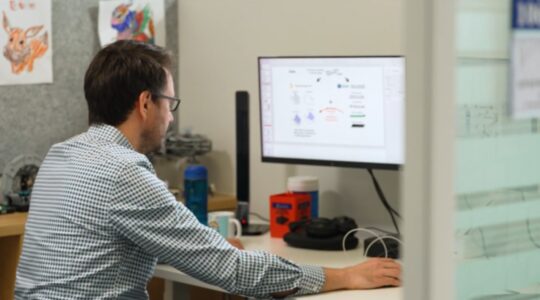Australian researchers are at the forefront of ensuring future inhabitants of the Moon are safe.
An international project, led by the University of South Australia (UniSA), is developing a distress monitoring and rescue system designed for the Moon’s unique and challenging environment.
UniSA adjunct researcher Dr Mark Rice said as NASA’s Artemis program aimed to establish a long-term human presence on the Moon, astronauts would be exposed to high-risk situations in remote areas like the lunar south pole.
Dr Rice said the current work addressed the critical need for an emergency system capable of providing safety alerts, incident reporting and location tracking of astronauts in distress.
He said, together with researchers in the United States, the Adelaide team was designing a satellite constellation that prioritised communication and geolocation on the Moon’s surface.
“Using this system, astronauts will be able to send distress signals to a network of satellites that will relay the information back to Earth or other lunar bases.”
Dr Rice said the system was based on the COSPAS-SARSAT technology already used for search and rescue on Earth, adapted for lunar conditions.
He said the distress system could allow continuous communication with astronauts for up to 10 hours, even in the most challenging terrain, such as craters or mountains.
“Our team has also developed a waveform that supports low-power emergency beacons, ensuring that communication remains possible with minimal infrastructure and energy consumption.
“This innovation is a critical advancement for space exploration. As humans venture further into space, the ability to quickly locate and rescue individuals in distress is vital.”








